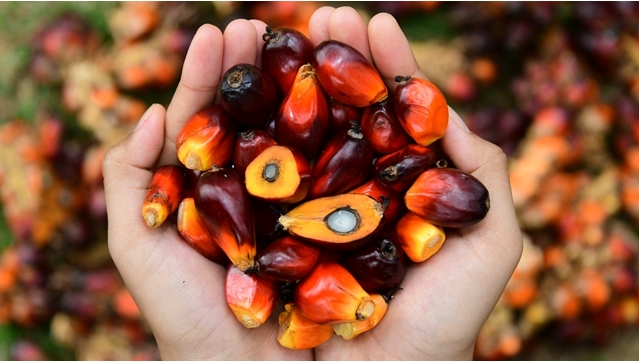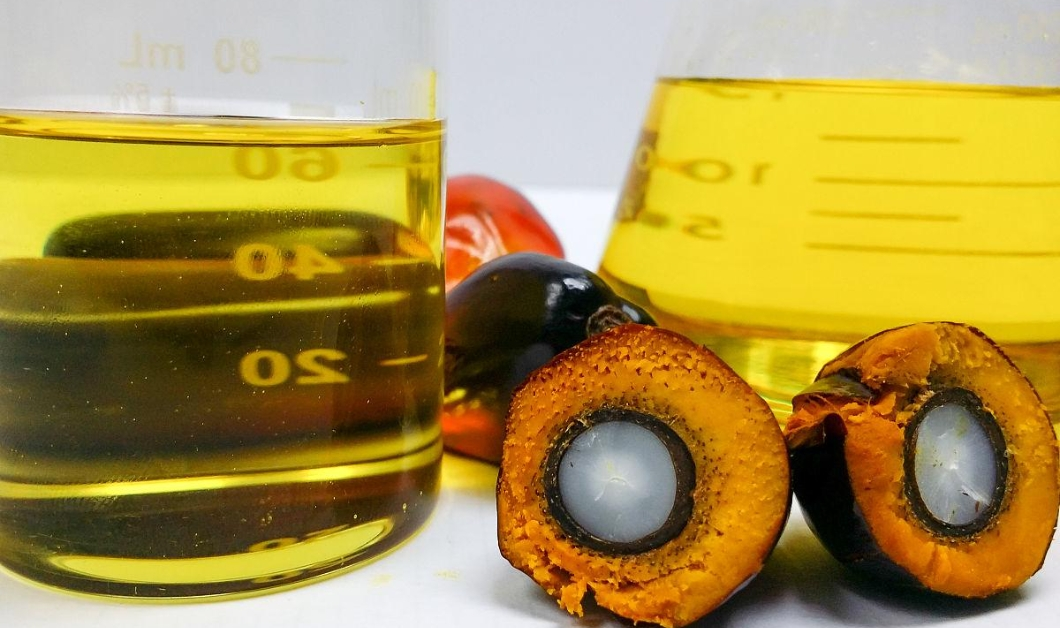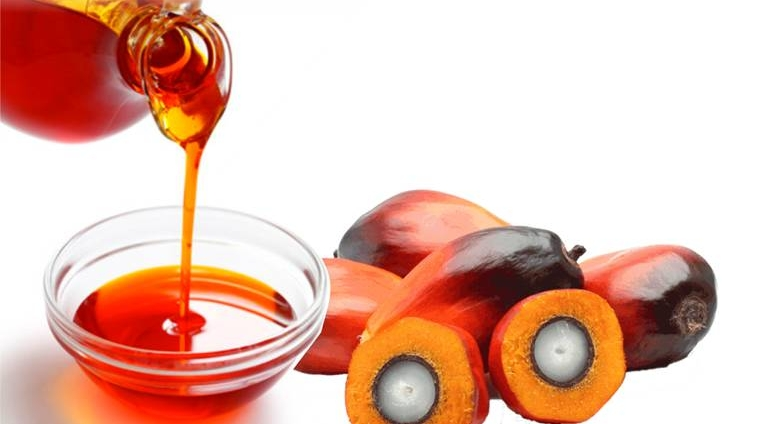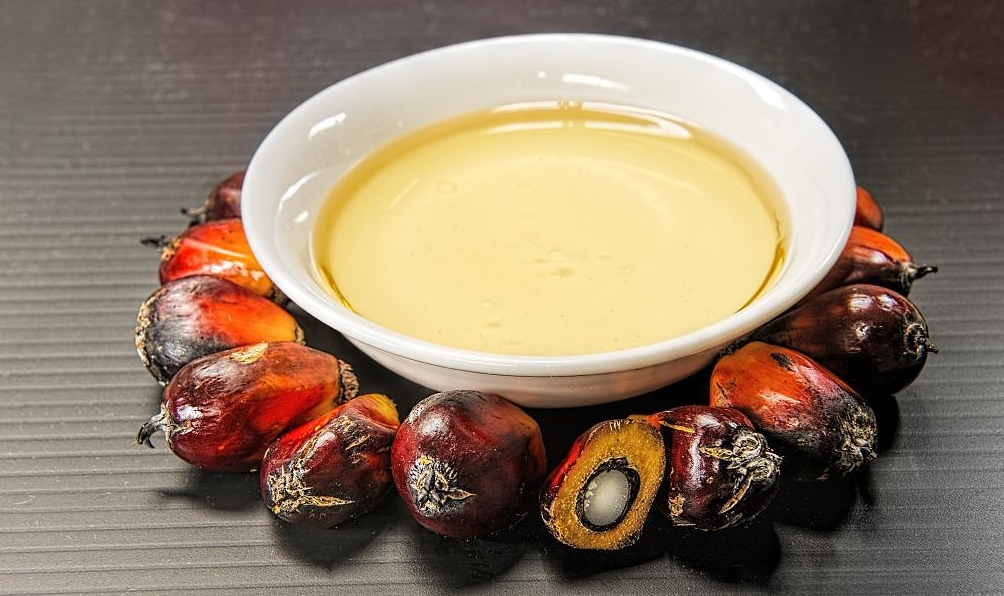Classification of palm fruit oil
Palm oil is an important component of the world's fats and oils market, and currently accounts for more than 30 per cent of the world's total fats and oils production. The oil pressed from the flesh of the palm fruit is known as palm oil (Palm Oi), while the oil pressed from the kernel is known as palm kernel oil (Palm Kernel Oil), and the two oils have very different compositions. Palm oil mainly contains palmitic acid (C 16) and oleic acid (C 18) two of the most common fatty acids, palm oil saturated degree of about 50%; palm kernel oil mainly contains lauric acid (C 12), saturated degree of more than 80%.

Palm fruits are boiled, crushed and squeezed to obtain crude palm oil (CPO) and palm meal (PE); crude palm oil is refined to remove free fatty acids, natural pigments and odour to obtain refined palm oil (RED PO).
According to different needs, palm oil with different melting points such as 24 degree, 33 degree, 44 degree, 52 degree, etc. can be obtained through fractionation. Meanwhile, in the process of milling, the palm kernel is separated, and then after milling and removing the shell, the remaining kernel is extracted to get the Gross Palm Kernel Oil (CPKO) and Palm Kernel Meal (PKE).

The CPO production process consists of three stages: palm kernel pre-treatment, pressing and filtration, after which a relatively clean palm oil can be obtained.
Firstly, the palm fruit bunches need to enter the fermentation tank for high temperature cooking to avoid the free fatty acid content in the oil increasing; then, the palm fruit bunches are mechanically removed from the fruit by de-fruiting machine, and then the pulp tissue is crushed by the masher to separate the palm flesh and kernel, so as to facilitate the subsequent pressing of the fruit pulp to make oil. After this series of pre-treatment steps, the palm fruit can enter the oil press for pressing to get palm oil.、

In the oil refining, according to different physical properties, palm oil can be further fractionated and processed to obtain a small amount of palm oleic acid (C16:1, PFAD), palm olein (palm olein, abbreviated as 0lean or OL, with a melting point of 24 degrees Celsius or below) and high melting point palm stearin (palm stearin, abbreviated as Stearin or ST, with a melting point of 44 degrees Celsius or above). degrees Celsius and above).
Palm oil with a melting point of 12 degrees Celsius and lower is an edible oil with some nutritional value.
Palm oil with a melting point of 24 degrees Celsius is generally used for frying biscuits, instant noodles and other foodstuffs.
Palm oil with a melting point of over 30 degrees Celsius is used in margarine and cocoa butter.
Palm oil with a high melting point of 40 or 50 degrees Celsius is used in the soap and cosmetics industries.
The palm oil available on the market today is generally palm oil with a melting point of 24 degrees Celsius.
Palm oil is mostly used for food purposes, about 90 per cent of palm oil is used for food and only about 10 per cent is used in the manufacture of soap and other oleochemical products.

